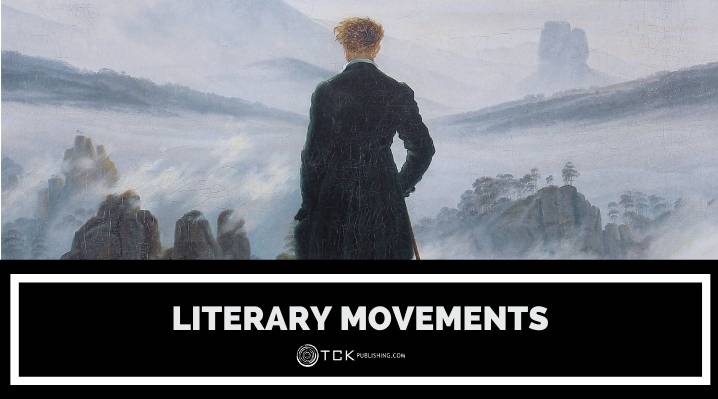
You might remember learning about literary movements in your high school lit class. (Okay, maybe you slept through them in your high school lit class.)
Memorizing a list of dates and terms can be pretty boring, but when you look at them together and see how different movements progressed, evolved, and fed off one another, it can actually be pretty fascinating!
Chances are, at least one of your favorite classic books or authors was part of a larger movement, a reaction to whatever period came before it.
In this post, we’ll take a literary journey through time to trace the development of 9 key movements in literature, including the books and authors that defined each era.
A Brief History of Western Literary Movements
Here is a brief history of major post-Renaissance literary movements, from the Augustans of the 1700s to the postmodern present.
The Augustans (1700 – 1740s)
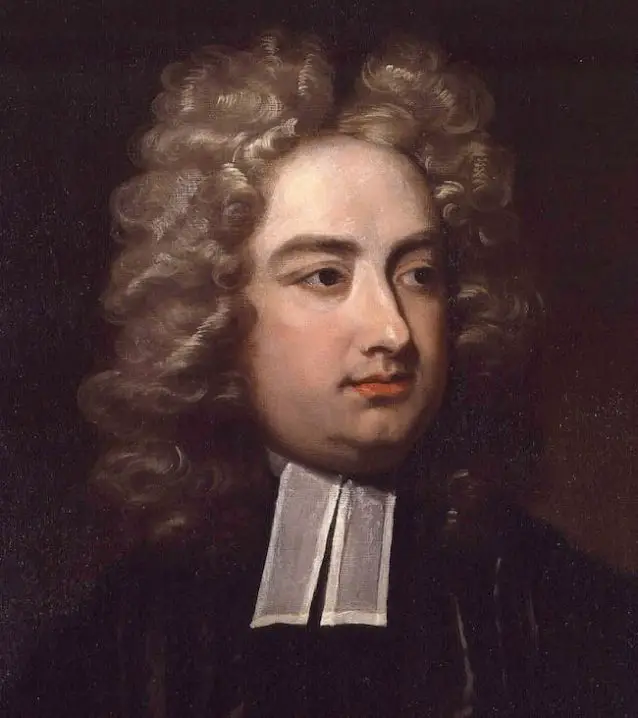
Augustan literature was a prominent British literary movement during the first half of the 18th century. This era was characterized by the rapid development of the novel, flourishing satire, and a move toward poetry for personal exploration.
Gulliver’s Travels popularized a long form of prose in which there was one central character who embarked on a series of adventures and learned some lessons along the way.
This movement is considered to have died with the deaths of its founders, Alexander Pope and Jonathan Swift.
Lasting impact: The Augustan era popularized satire, which persists in popular culture today. It also saw the development of the modern novel.
Significant works:
- Gulliver’s Travels by Jonathan Swift
- The Rape of the Lock by Alexander Pope
- “Mac Flecknoe” by John Dryden
Romanticism (1790 – 1850)
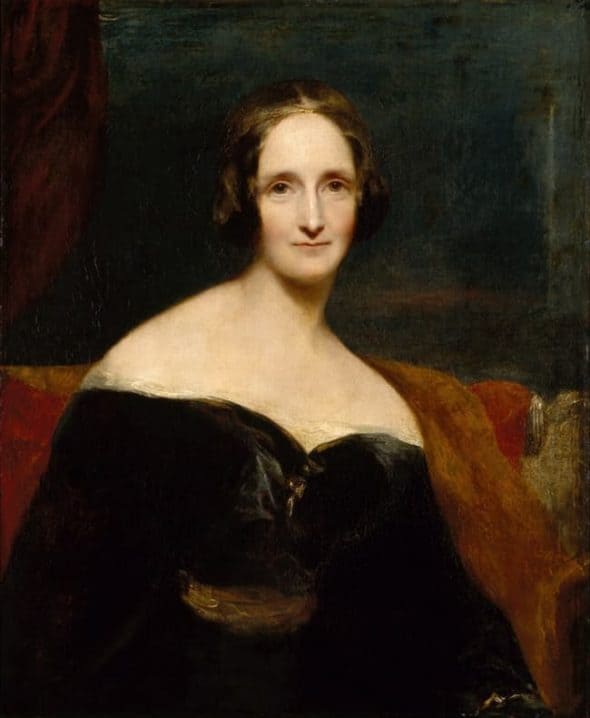
The Romantic period of the 19th century was marked by an emphasis on individualism, nature, and emotion. It was in large part a reaction to the Industrial Revolution and the Enlightenment’s emphasis on reason, science, and modern civilization.
Romantics preferred personal feelings to the Enlightenment’s placement of reason and rationality above emotion. There’s also an emphasis on aesthetic beauty, whether in people or in nature.
In art and literature, Romanticism tended to glorify the past, and also celebrated women and children. Romantic characters often show great self-awareness of their feelings and acceptance of their emotions, like the creature in Mary Shelley’s Frankenstein.
Lasting impact: This era saw a focus on the personal feelings of characters and their relationships with nature. It’s also been argued that books like Frankenstein paved the way for more modern science fiction.
Significant works:
- Frankenstein by Mary Shelley
- The Scarlet Letter by Nathaniel Hawthorne
- “To Autumn” by John Keats
- Leaves of Grass by Walt Whitman
Gothic Fiction (1764 – 1832)
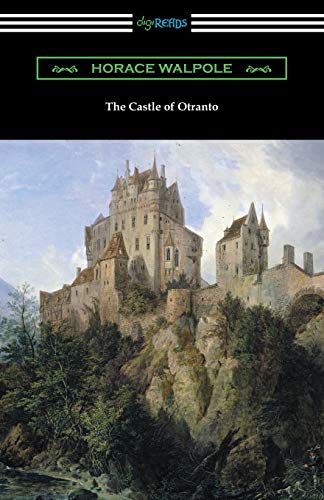
The origin of gothic fiction is often traced back to Horace Walpole’s 1764 novel, The Castle of Otranto, which was later given the subtitle “A Gothic Story.”
However, the peak of gothic literature came around the 1790s, and the genre would experience numerous revivals in subsequent centuries.
Gothic fiction stresses the pleasures and terrors of the sublime, a theme that was influenced by the Romantic movement that coincided with much of its reign.
Gothic novels often combined these Romantic characteristics with science fiction, horror, and violence, especially in the revivals of the later 19th century.
By the 1840s, gothic fiction was no longer the dominant genre in England, but it continued to grow in creativity, especially with authors like Emily Brontë and American Edgar Allan Poe. Later revivals of gothic horror also saw the rise of vampire fiction, including Bram Stoker’s Dracula.
Lasting impact: Gothic fiction remains popular today, especially gothic horror. Recent examples include Mexican Gothic and The Devil’s Whispers.
Significant works:
- “The Hunchback of Notre Dame” by Victor Hugo
- “The Rime of the Ancient Mariner” by Samuel Taylor Coleridge
Transcendentalism (1830 – 1855)
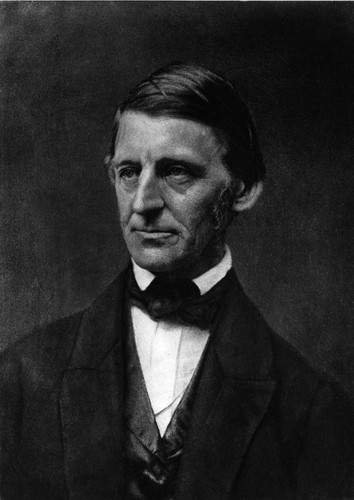
Transcendentalists favored personal spiritual connections to the divine in everyday life, as opposed to formal religious customs.
Transcendental literature focused on more universal themes, like the inherent goodness of people and nature. The movement evolved from Romanticism in England and Germany, and was primarily based in New England during the mid-19th century.
Lasting impact: Transcendentalism gave us celebrated classics that are still widely read today. Henry David Thoreau’s Civil Disobedience, published in 1849, also inspired the nonviolent resistance of the civil rights movement.
Significant works:
- Walden by Henry David Thoreau
- Self Reliance by Ralph Waldo Emerson
- “The Artist of the Beautiful” by Nathaniel Hawthorne
Realism (1860 – 1940)
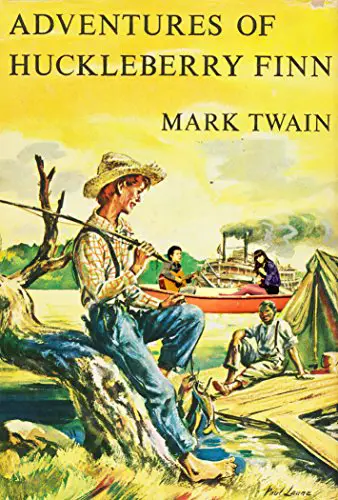
Literary realism got its start in the realist art movements of mid-19th century France and Russia. It aims to represent reality by the portraying mundane, everyday experiences of average people, especially those in the middle and lower classes.
Unlike the Romantic era that preceded it, the realist movement sought to tell stories as truthfully as possible, rather than romanticizing or dramatizing everyday life.
Later, in the 20th century, American authors like John Steinbeck would continue the realist tradition with works like Of Mice and Men, while magical realism would take off in Latin America and globally.
Lasting impact: Because realism focused on everyday characters and themes that were important and relatable to the middle and working classes, more people began reading novels.
Significant works:
- The Adventures of Huckleberry Finn by Mark Twain
- The Jungle by Upton Sinclair
- House of Mirth by Edith Wharton
- The Call of the Wild by Jack London
Naturalism (1865 – 1900)
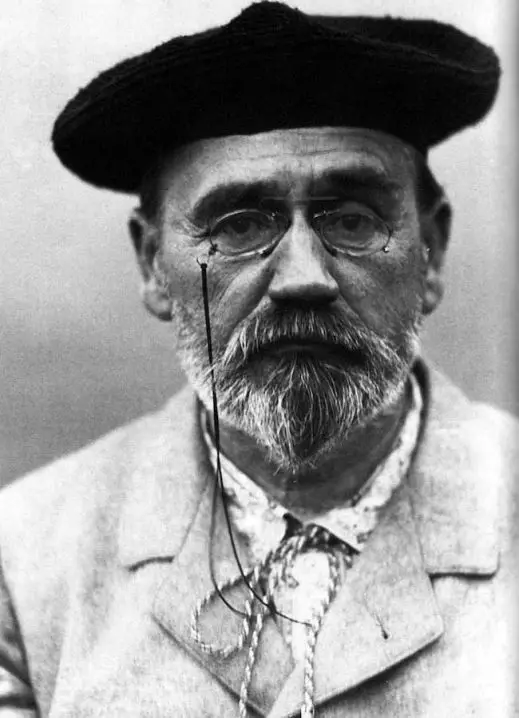
Naturalism arose as an extreme form of realism and was influenced by Charles Darwin’s theory of evolution, portraying life’s struggles and the survival of the fittest.
The movement emphasizes the role of family, social conditions, and environment in shaping one’s characer. Naturalist works often expose the dark, gritty sides of humanity, including poverty, prejudice, racism, and disease.
The start of the naturalist movement is typically attributed to French author Émile Zola, who suggested that naturalism could be like a controlled experiment where the characters are the phenomena.
Lasting impact: Naturalist fiction exposed important issues in American society, from the destitute conditions of immigrants to the darker and more hateful sides of humanity.
Significant works:
- The Red Badge of Courage by Stephen Crane
- “A Rose for Emily” by William Faulkner
- “To Build a Fire” by Jack London
Modernism (1890 – 1950)
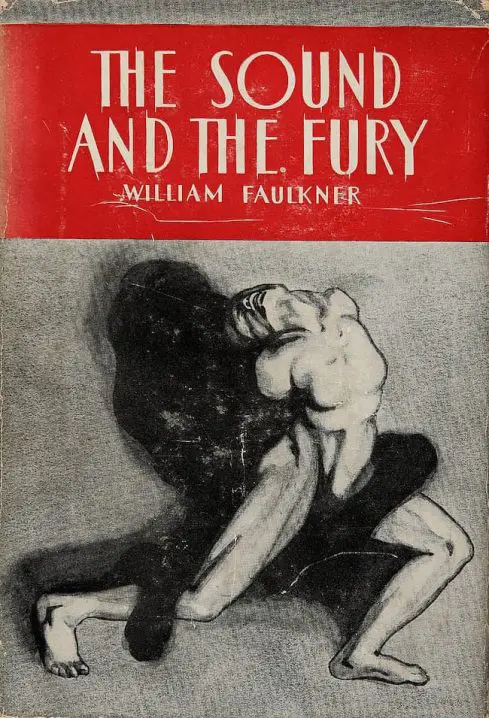
Modernism represented a break from tradition as artists searched for new forms of expression.
Modernists felt that the rapid industrialization, social changes, scientific developments, and unprecedented destruction of World War I were not compatible with the old Victorian morals and optimism.
Although the movement began in the late 19th century and includes pivotal works by Henry James and Joseph Conrad, it really took off after the war. The disillusionment of these years gave birth to the “Lost Generation,” which included authors like F. Scott Fitzgerald and Ernest Hemingway.
New, experimental styles of writing were also introduced, such as Virginia Woolf and James Joyce’s stream of consciousness.
Lasting impact: Literary modernism allowed writers to express themselves in new ways and experiment with bold new forms of storytelling.
Significant works:
- Ulysses by James Joyce
- The Sound and the Fury by William Faulkner
- Mrs Dalloway by Virginia Woolf
- Heart of Darkness by Joseph Conrad
- The Waste Land by T.S. Eliot
Minimalism (1940 – 1980)
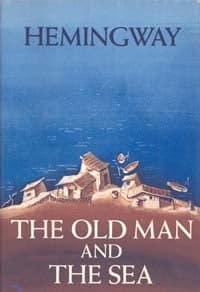
Minimalism was a prominent style in the post-World War II era, popularized by writers like Ernest Hemingway and Samuel Beckett.
It’s characterized by stripped down, matter-of-fact prose that relies on context, rather than adverbs or excessive adjectives, to convey meaning.
Many minimalists also believed in maintaining an emotional distance from their subjects, and told stories with simple plots and detached observations.
Minimalism can sometimes be considered a rebellion against postmodernism, as the two overlapped for several decades. Unlike postmodernism, which uses literary techniques like unreliable narration and fragmentation, minimalism focuses on smaller slices of life and their context.
Lasting impact: Minimalism was a departure from descriptive prose, giving readers the responsibility of interpreting the context and meaning of the words themselves.
Significant works:
- “The Old Man and the Sea” by Ernest Hemingway
- What We Talk About When We Talk About Love by Raymond Carver
- Waiting for Godot by Samuel Beckett
Postmodernism (1951 – Present)
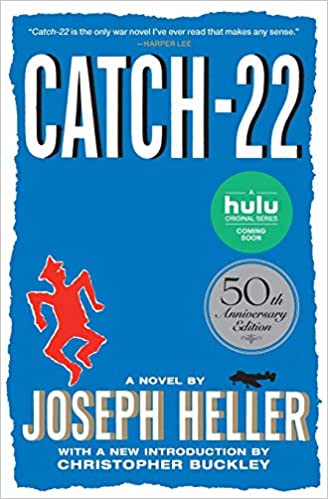
Postmodernism takes the ideologies of Modernism a step further, favoring techniques like metafiction and intertextuality over absolute meaning.
Postmodern authors frequently use unreliable narrators and allusions to other works, which allows them to shape their own story’s meaning in relation to other works and the world around them. As such, these works are often layered with social and political commentary.
Significant works: Postmodernism is still prominent today, with many contemporary authors using unreliable narrators and intertextuality.
- Slaughterhouse-Five by Kurt Vonnegut
- Catch-22 by Joseph Heller
- The Catcher in the Rye by J.D. Salinger
- In Cold Blood by Truman Capote
- One Hundred Years of Solitude by Gabriel Garcia Márquez
What Literary Movement Are We Living In?
There’s an ongoing debate about which literary movement we’re currently living in. Many say we’re still in the postmodern era; some argue it’s over, but its replacement isn’t quite clear.
As you traced the timeline in this post, you might have noticed that each movement was a reaction in some way to the one that preceded it, either rebelling against the prior era or building on it.
That’s probably what we’re doing now, but with admittedly vague labels like “postmodernism,” it’s hard to define where we might be now relative to the recent past.
It’s also important to note that many of these labels were assigned in retrospect. Romanticism, for example, began around 1790, but it would still be several decades before the term was in regular use.
We may just have to wait and see what future literary scholars will call the works of today, but in the meantime, there are plenty of great stories to keep us occupied.
Did you find this post helpful? Let us know in the comments below!
If you enjoyed this post, then you might also like:
- Writing Aesthetic: What It Is and How to Find Your Own
- The Literary Canon: What’s In It, and Who Makes the List?
- 7 William Wordsworth Poems to Reflect On
- A Brief History of Books: From Ancient Scrolls to Digital Publishing
As a blog writer for TCK Publishing, Kaelyn loves crafting fun and helpful content for writers, readers, and creative minds alike. She has a degree in International Affairs with a minor in Italian Studies, but her true passion has always been writing. Working remotely allows her to do even more of the things she loves, like traveling, cooking, and spending time with her family.
